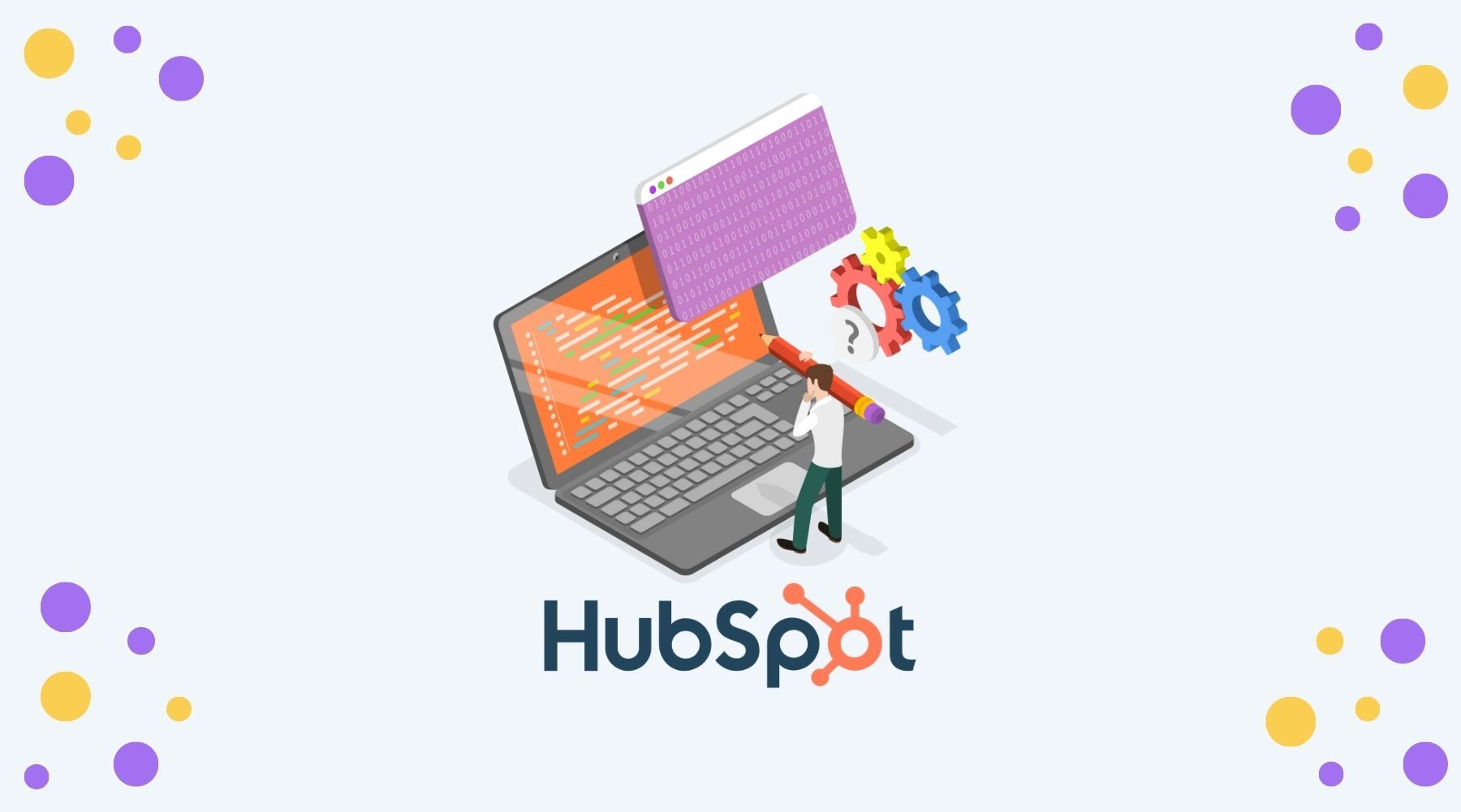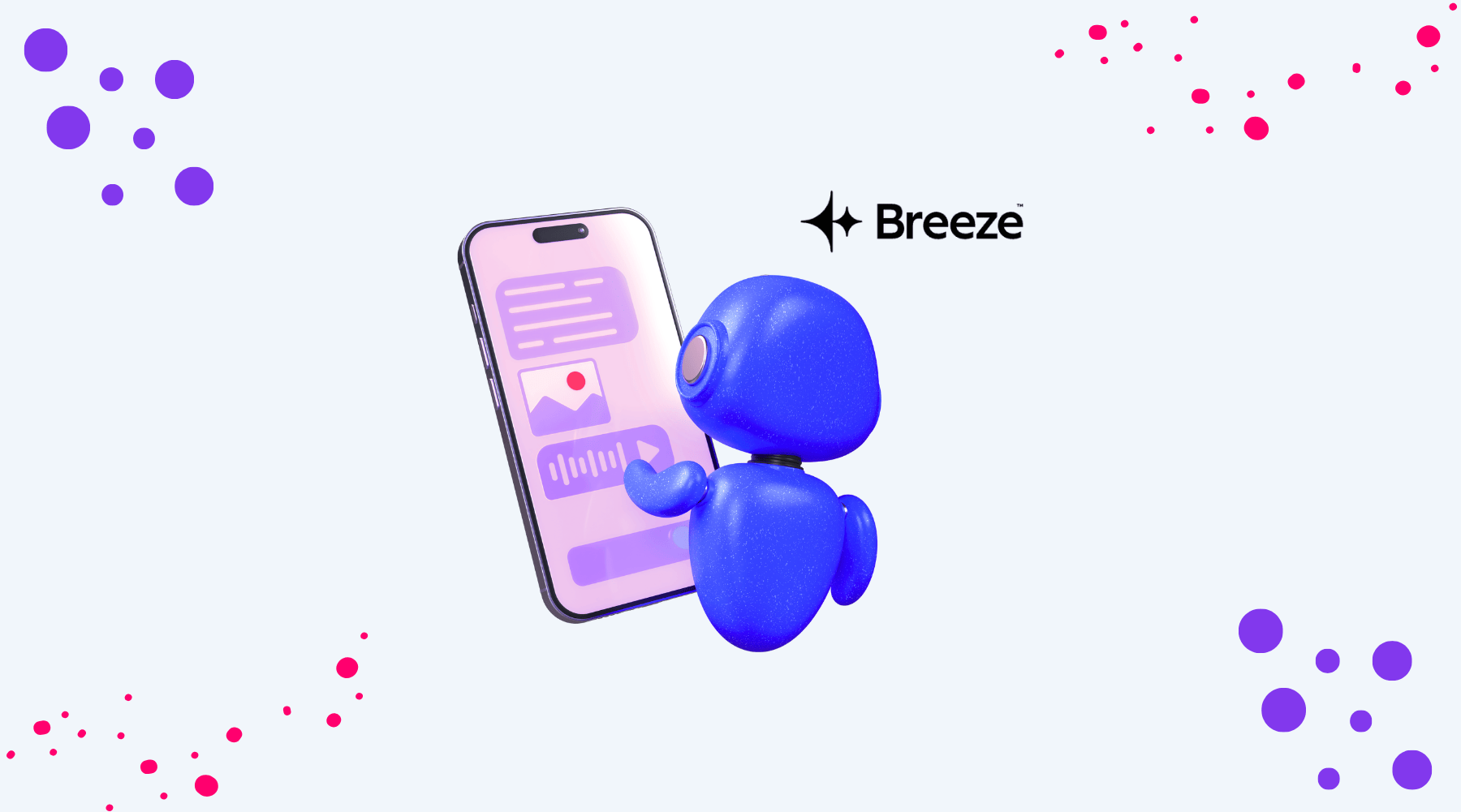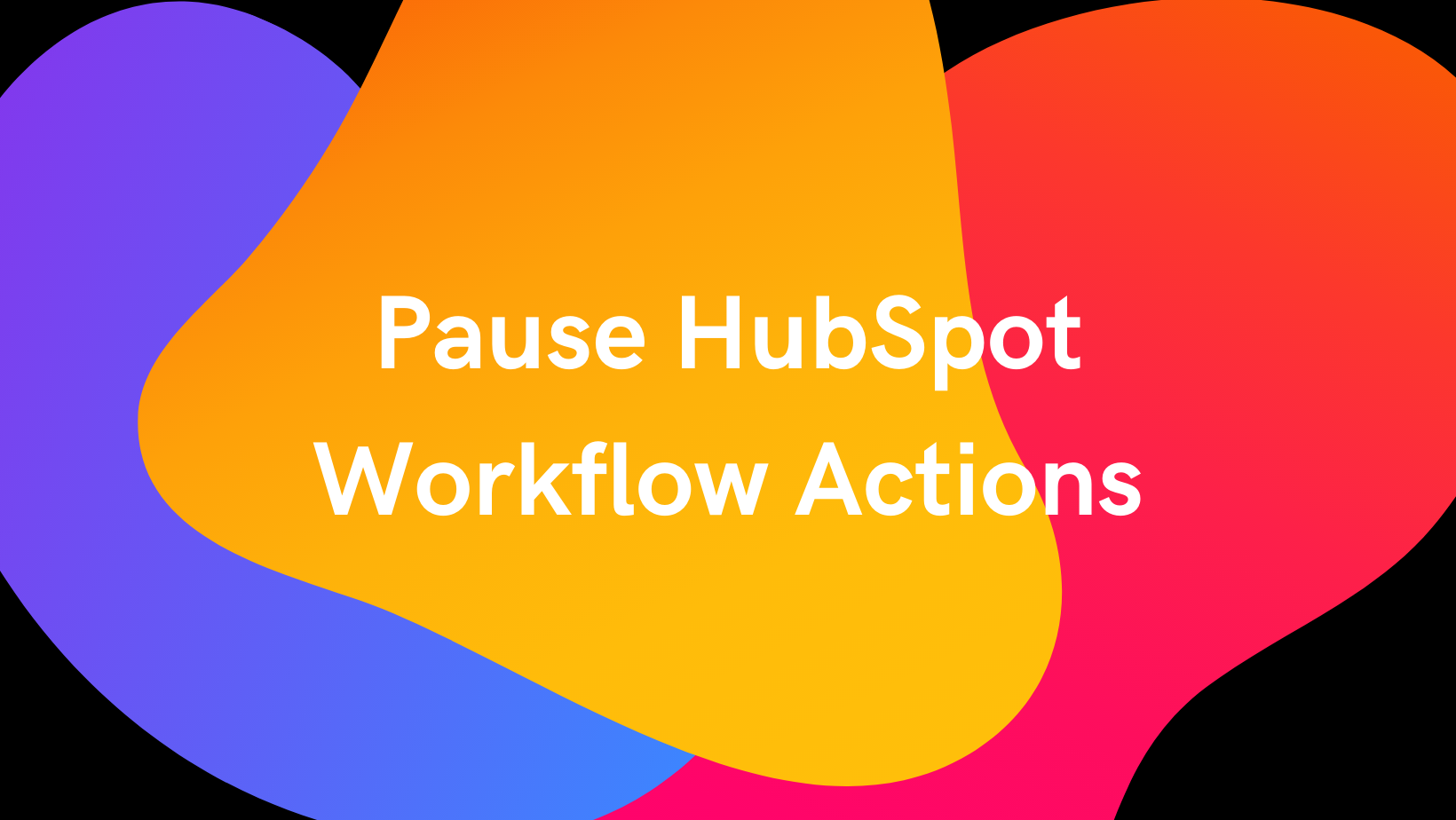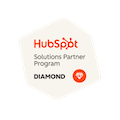
The Biggest Challenges When Migrating to HubSpot (And How to Solve Them)
Written by: Jeremy Feig
Published: 20 August, 2025
Migrating your CRM to HubSpot is an important step for many companies. It can go a long way towards organizing data, streamlining processes, and improving collaboration between teams. But it’s vital to plan the migration carefully and be aware of the many potential roadblocks you could hit along the way. From messy data to missing workflows, even a small oversight can cause a big headache down the road.
To help you prepare, we’ve rounded up the most common challenges teams face during a HubSpot CRM migration. We’ll also share some specific, practical steps that you can take to overcome them–or (ideally) prevent them from happening in the first place.
Common Challenges When Migrating to HubSpot
Low Quality Data
We all know that a CRM is only as good as the data inside of it. If your current system is already messy (think out-of-date, incomplete, duplicate data), that mess will follow you into HubSpot—and make it harder for your team to trust reports or work efficiently. So it’s important to look over your existing data before the migration, to avoid unpleasant surprises during (or after) the process.
Common Problems:
- Duplicate records from multiple data sources or manual entry
- Outdated contact information
- Missing details for key contacts or companies
How to Solve Before Migrating Your CRM:
- Audit your current CRM and clean up your data before migration
- Use HubSpot’s deduplication tools to merge duplicate contacts and companies
- Standardize formats for fields like phone numbers and job titles to keep data consistent
Inaccurate Data Mapping + Broken Workflows
When fields and objects from your old CRM aren’t mapped correctly to HubSpot, important relationships and historical data can get lost. This can cause automations to stop working properly and disrupt the way your team works.
Common Problems:
- Losing associations between contacts, companies, and deals
- Broken workflows or missing triggers
- Inconsistent field formats can affect automation
- Missing historical records or activity
How to Solve:
Before migrating anything, document your current data structure in detail. In other words, write down the objects you use, the fields within them, and how they connect. It might seem tedious, but it can be a lifesaver if you find yourself needing it–especially if you work with huge amounts of data. If possible, use a template to guide your mapping from one CRM to another. For instance, our Salesforce Migration template is a useful example you can adapt for other platforms as well.
Syncing Issues and Data Loss
Nothing stalls a HubSpot migration like realizing important contact details didn’t get carried across. Sync issues often stem from incompatible formats, missing fields, or mismatched data types between systems.
Common Problems:
- Missing email addresses
- Incomplete phone numbers
- Unlinked company names
How to Solve:
Run a full data audit before migration to identify records that might be missing or incomplete. Address these gaps in your current system first, so the migration process doesn’t simply transfer over the same issues. And be sure to run test imports to verify data integrity as you go along.
SEO Risks (If You’re Migrating Your Website Too)
If your CRM migration includes moving your website to HubSpot CMS, there’s an additional layer of risk to think about—your organic search rankings. After spending countless time and energy to build up your SEO value, if you’re not careful during the migration, you might give back all your gains.
Common Problems:
- Drops in organic search traffic
- Broken internal and external links
- Missing or misplaced page content
How to Solve:
Like many of the entries above, the key here is planning ahead and being detail-oriented. Pre-migration to HubSpot, map all your existing URLs and set up 301 redirects for any that change. Use HubSpot’s built-in SEO optimization tools to review page titles, meta descriptions, and alt text. And after launch, monitor search rankings closely and adjust where needed. For additional tips, view our SEO website launch checklist.
Getting Buy-in From Your Team
Even the smoothest migration can stumble if your team isn’t on board. Some people might be confused about how to use HubSpot. Others may be resistant to change or simply afraid that the new tools might slow them down. Whatever the case, it’s important to address these issues and move forward in a positive way.
Common Problems:
- Lower productivity during the transition
- Missed opportunities for automation and reporting
- Reduced ROI
How to Solve:
Involve team members early in the migration process so it’s more tangible to them. Explain the benefits in terms of their daily work, not just big-picture goals. Offer a mix of training formats—video demos, live sessions, and role-specific practice—to help people get comfortable faster. Every person is unique, so help them get up to speed in the way that works best for them. If necessary, hire an outside company to train your team on HubSpot to help with the transition.
Limited Post-Migration Support
Once the migration is “done,” then it’s all smooth sailing, right? Not always. Without ongoing support, teams can struggle to maintain data quality, fully adopt the platform, or use HubSpot’s more advanced features.
Common Problems:
- Some team members might have trouble using the platform
- Gradual return to old habits or systems
- Data inconsistencies start to creep back in
- Missed opportunities to optimize processes with HubSpot tools
How to Solve:
Assign a point person or small team that’s responsible for HubSpot-specific needs, so everyone knows where to go for support. The point person/team can schedule regular data reviews and mini training sessions, depending on the specific company and department needs. Many businesses find it valuable to work with an experienced HubSpot Solutions Partner who can provide guidance, troubleshoot issues, and recommend new ideas to get more from the platform.
Plan Ahead for Your HubSpot Migration
Migrating to HubSpot can give your team cleaner data, more efficient workflows, and a window to better insights. But it takes careful planning and effort to get there. By knowing the common challenges ahead of time, you’ll set yourself up for a much smoother transition.
The team at CRO:NYX Digital has guided a varied mix of clients through successful HubSpot migrations. And we know what it takes to get it right the first time. If you’re ready to make the move and don’t want your data to skip a beat, please feel free to reach out!

Written by: Jeremy Feig
Solutions
Results
Resources
About
Contact
© CRONYX Digital SEZC







.png)
.png)
.png)
